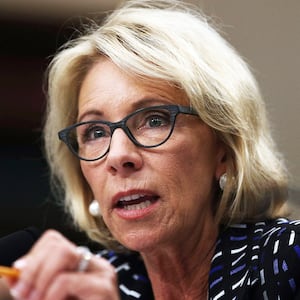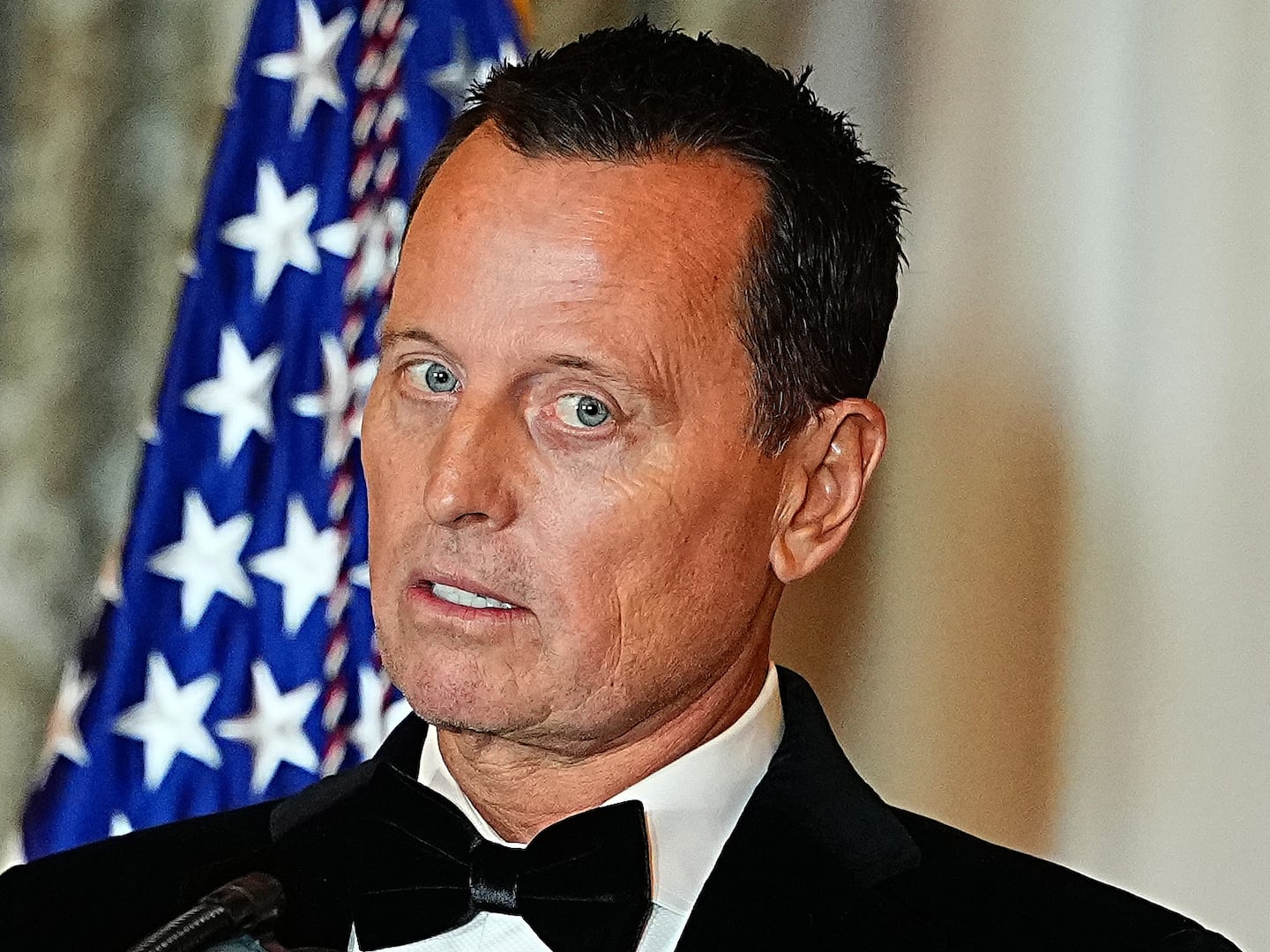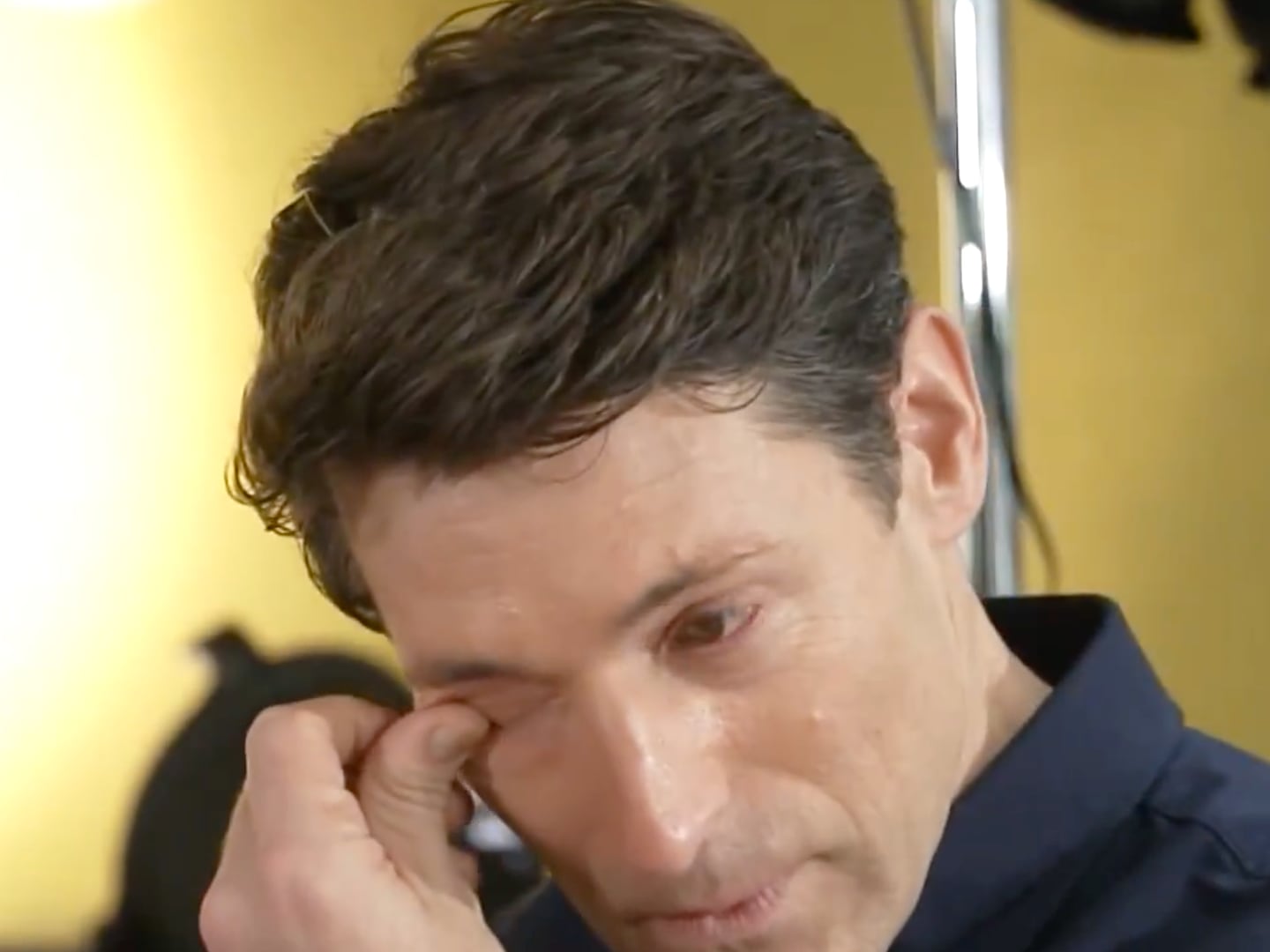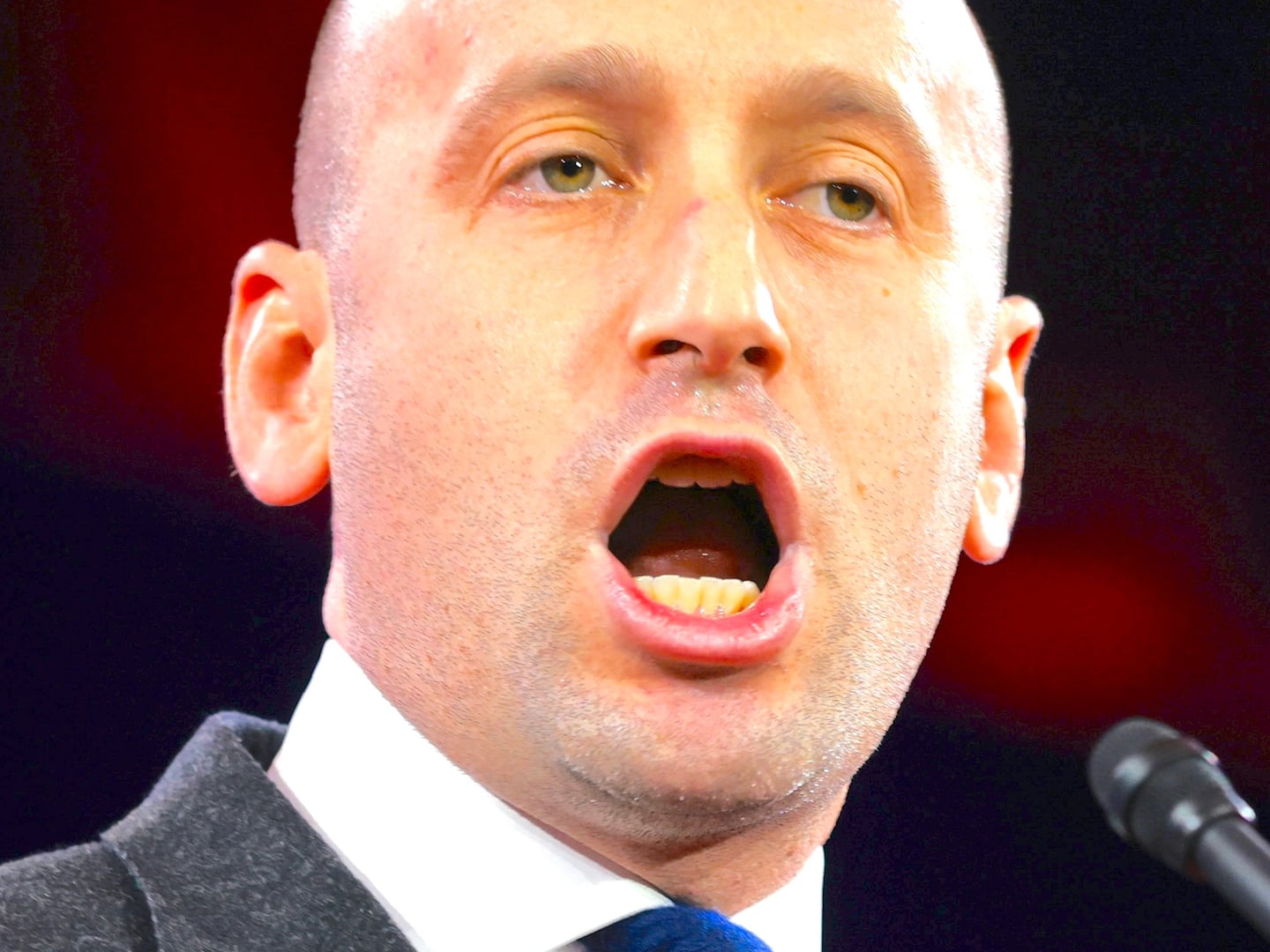The recent LA teachers strike, and the school board’s vote to recommend a moratorium on new charter schools, reignited the a long-standing debate on charter schools—one that seems so dated.
The strike brought back memories of my first experiences with education policy as President of SEIU, America’s largest non-teaching union. It was around 2005. I replaced Sandy Feldman, then president of the American Federation of Teachers, as a judge for the LA-based Broad Foundation prize for urban schools (later I became a board member). Unions promoted education reform—but different kinds. The AFT’s iconic president, Al Shanker, backed “the greatest possible choice among public schools,” while the competitor union, the National Education Association, promoted charter schools’ role in “incubating innovation within the existing public education system.”
A man named Mike Garcia was then the president of the SEIU’s janitors union in Los Angeles. Though he headed a militant immigrants’ union, he became committed to a role for charter schools after learning that his members’ highest priority—after wage increases—was for the union to assist in the educational success of their children. Janitors’ kids lacked the opportunities of the city’s wealthier parents to move to better-funded or higher-performing school systems, manipulate the public system, or enroll in a private school. Mike went on to serve on the board of union charter operator Green Dot Public Schools. And as a board member, I became familiar with many dedicated charter school missionaries pushing against the status quo to advance their vision of educational excellence and equity.
But now, 25 years since Minnesota passed the country’s first charter school law, I think it is time for a candid evaluation, from both reformers and opponents, of charters’ role in the future of education and 21st century innovation more broadly.
THE MATH IS CLEAR—CHARTERS ARE NOT THE FUTURE
Despite two decades of world-class effort, startup capital for facilities, and massive philanthropic support for curriculum, college prep, leadership development, and technology, along with the support of high-quality talent organizations—Teach for America, The Broad Center, and TNTP, formerly known as the New Teacher Project—today’s charter school report card is the following:
1) The total number of public charter schools is approximately 7,000 out of nearly 100,000 schools.
2) Student enrollment is 3,167,800 students out of nearly 50 million in public schools.
3) Charter School net growth is anemic and declining.
In 2012-2013, the net growth of charters school (new schools opening vs. existing schools closing) was 440. Since then, the numbers have been continually in decline. In 2014-2015, net growth was 170. In 2015-2016, net growth declined to 130 then falling to 118 in 2016—2017. Last year, net growth was a meager 71, which should mathematically throw cold water on the dream of advocates of charter schools scaling up to become major competitors to traditional public schools.
I appreciate that advocates can point to individual states where charter school growth is more robust, and I admire the charter school networks that consistently outperform urban public schools. I too am angered by the long waiting lists for admission to quality charters, and I appreciate the positive impact that competition has had on public school performance, particularly in communities of color. And I do not believe in caps on high-performing public charters or believe that choice funders should pull quality public charters’ funding.
But I also do not believe we can ignore the growth trend and underlying math. Nor can we ignore the blue states’ growing opposition to charters and Education Secretary Betsy DeVos’s policies, and then promote a strategy of charter schools scaling up to become a broad-based public school alternative.
INSTITUTIONAL FORCES HAVE TRANSITIONED CHARTER LEADERS FROM MISSIONARIES TO MANAGERS
During their heyday, charter school leaders were fearless revolutionaries with a mission to ensure educational equity in failing urban public schools. The early charter pioneers remind me of traveling evangelists sustained by little more than their devotion to the gospel, perseverance to succeed, and contributions from the faithful; missionaries with dreams of leading their own church.
But as Bob Dylan once observed, “When you ain't got nothing, you got nothing to lose.” So when missionaries took on the responsibilities of buildings, finances, staff and accountability, most transitioned to managers; old revolutionaries became the new establishment; and stability replaced disruption and reinvention.
My empirical fears escalated after analyzing research on teacher job satisfaction, retention, work culture, professional learning opportunities, and opportunity to engage in solutions, and learning that charter teachers not only rated their management low but also, at best, gave them no better ratings than their counterparts in traditional school districts. Teachers also gave mixed reviews on their management’s awareness of the problem or even having an interest in engaging teachers to find solutions.
But it is not just the crushing management responsibilities that incentivize charter leaders to be conservative. Today, charter operators’ biggest rewards come from executing historical learning models better than traditional public schools. If they achieve a few points higher on test scores, they’re rewarded with positive press, board support, added philanthropic funding, and increased enrollment. They also escape attacks from charter opponents. But if success is not quickly evident in game-changing experiments, funders will flee, regulators and opponents will pounce, and their board members will question their leader’s judgment.
And since charter school “choice” is often positioned in competition with public schools, it breeds hesitancy or often outright fear of revealing experiences and lessons with their districts public school leaders. Current institutional forces incentivize incrementalism. So why risk going big?
A WAY FORWARD
Despite its intensity, the debate between supporters of charter and traditional public schools exists within a 20th-century teaching paradigm where learning occurs in an isolated, single-teacher led classroom filled with chairs and desks, organized by age and age-specific curriculum, with an emphasis on group but not individual learning.
I was tremendously encouraged in 2015 by the call for a different discussion from the diverse participants of a common ground effort called Education Reimagined.
“We believe that it is time for a new conversation about education. Not only are we tired of the same recurring debates about what is wrong with today’s education system and who is to blame for its inadequacies, but we also realize that no amount of tweaking or modifying the current, industrial-era system will fulfill our vision of all children learning and thriving to their full potential.”
This statement is extraordinary in its ambition, and more particularly for the fact that two of its signatories are Becky Pringle, NEA vice-president, and Randi Weingarten, president of the AFT.
Silicon Valley has created an ecosystem to foster and scale innovation: a continuum of educational institutions, incubators, startups, and funders with different stages and strategies of investment. United by a “can-do” culture of experimentation that accepts failure, the Valley regularly generates disruptive ideas and creates companies that change the world.
In education, there is no comparable ecosystem or organization of funders or leaders united around a culture of innovation or heavily investing in the future.
Cambiar Education (where I sit on the board) is now incubating over 20 projects and trying to raise a new venture fund. Summit Public Schools is advancing a very promising model of personalized learning. The Boulder Fund was created by EdLoC (Education Leaders of Color) to support innovations of leaders of color. The Inspired Teachers Demonstration Schools was created for and by teachers; and they join many other efforts, known and unknown, of educators experimenting with new approaches.
But despite the United States spending nearly $700 billion educational dollars annually, if one looks at the percentage of budgets set aside by school districts, states, CMO’s or philanthropy for scalable 21st century innovation, we should not only be disappointed but embarrassed.
When I was elected President of SEIU in 1996, the union was spending five percent of its resources on growth and, predictably, making incremental progress. Four years later, we transformed the union and allocated nearly 50 percent of our national unions’ resources to growth, and 20 percent for local unions. As a result, SEIU accelerated its net growth initially to 50,000 members a year, and ultimately grew more than 1 million members in the next decade.
An intentional strategy combining organizational will, ideas, and huge investments of resources are pre-conditions for success, and seem underrepresented in today’s chaotic education ecosystem.
The ongoing challenge in education— witness the “testing wars”— is how parents can be assured that their children are learning, and are neither trapped in failing schools nor guinea pigs for random new ideas.
I am no expert on educational accountability, but a system that over relies on holding adults accountable, primarily through contested standardized tests, does not give parents confidence they have the information needed to draw their own conclusion. So, whatever direction the conversations and innovations lead us, it is in everyone’s best interest to fashion some consistent, and broadly accepted way to measure how our children and our ideas are performing.
Change is inevitable. It’s progress that is optional. The future, and our children’s future is not a matter of chance, but it is a matter of choice. So, let’s have the courage to reimagine and fund the future!







